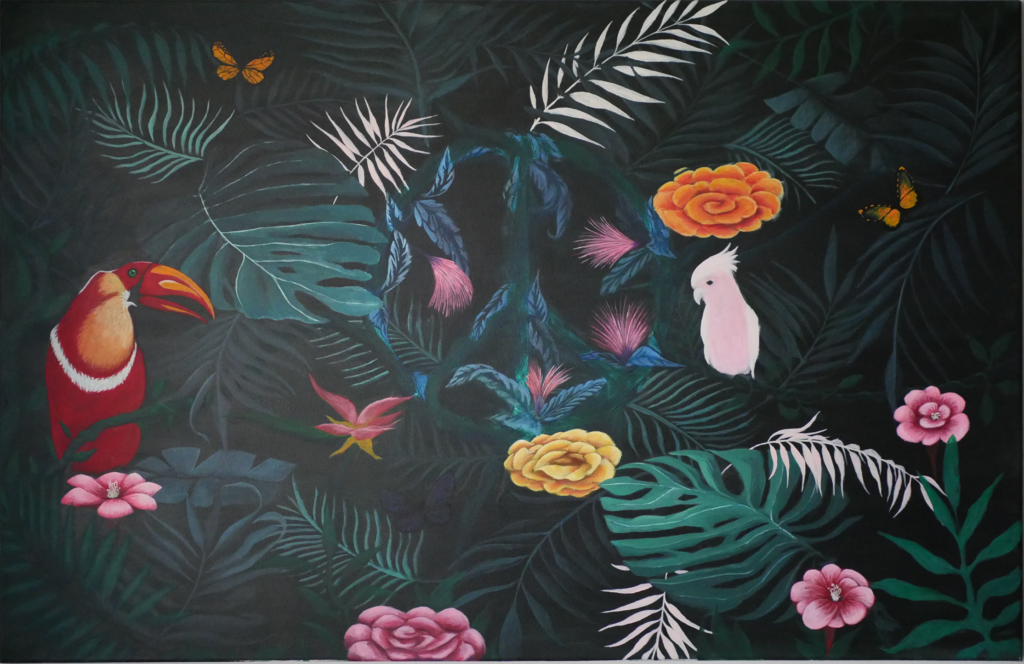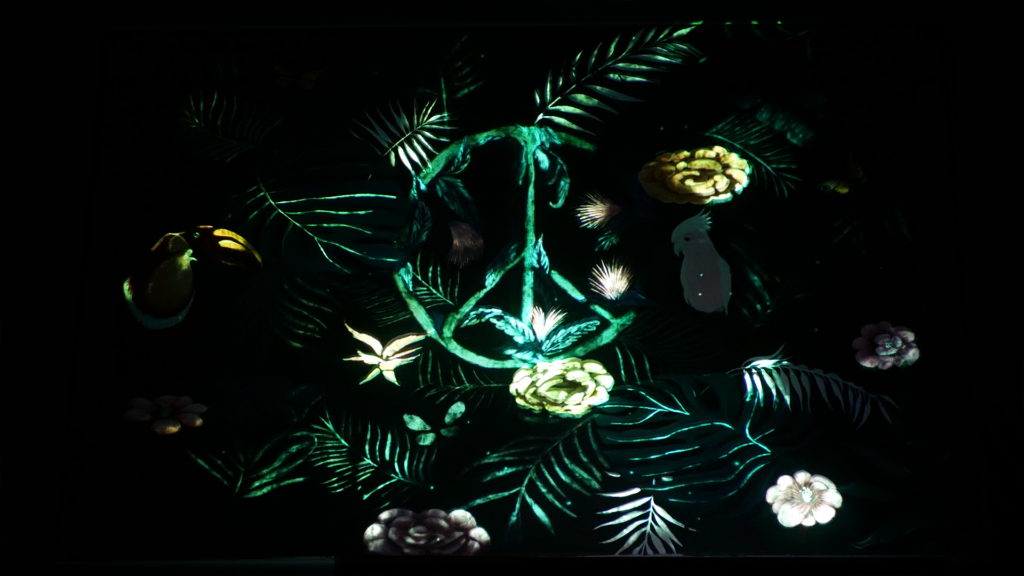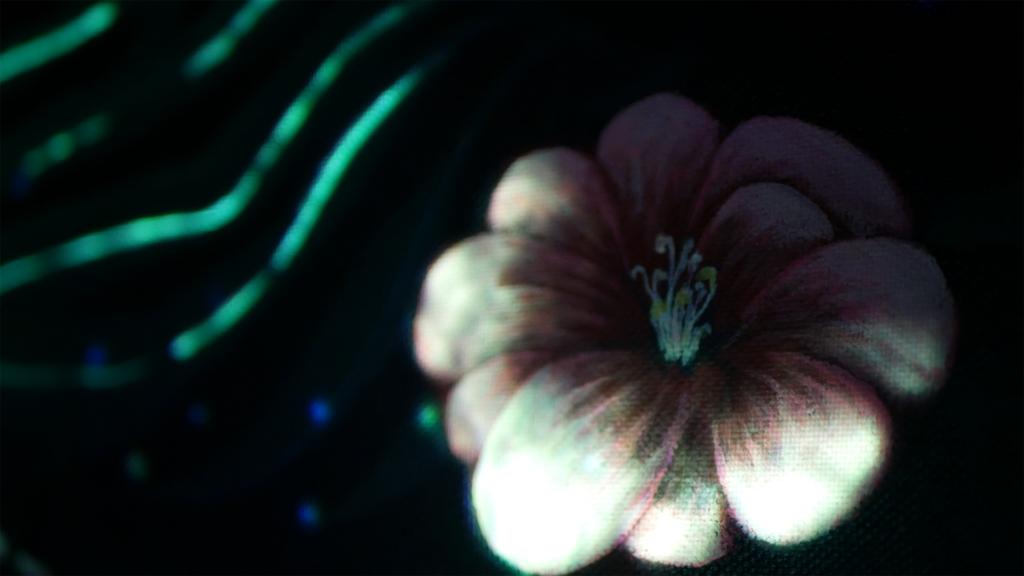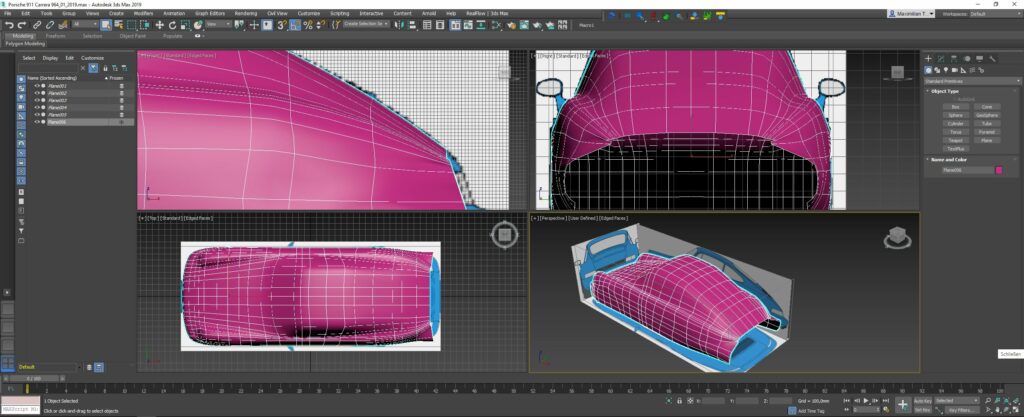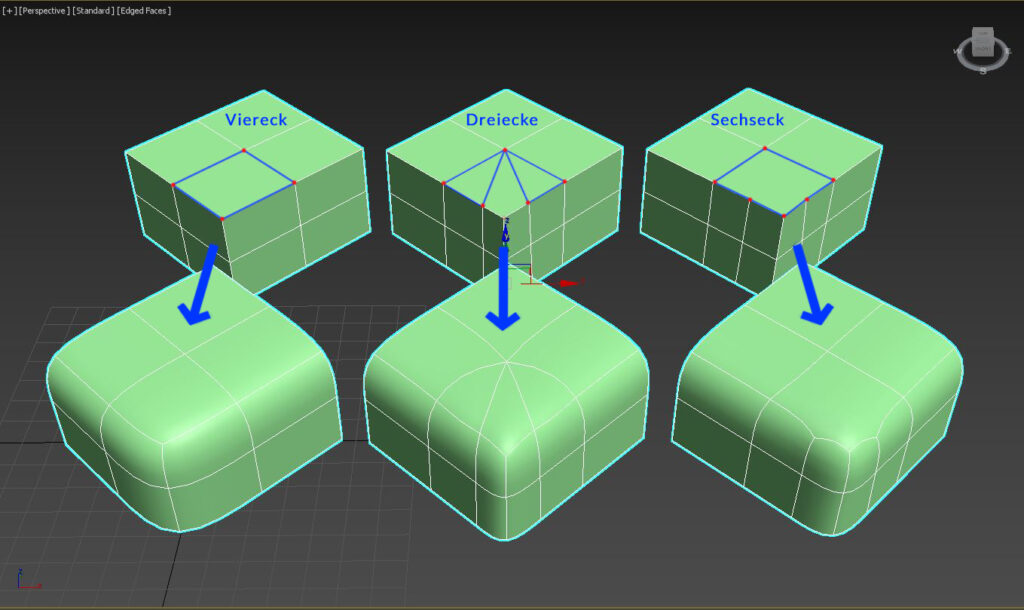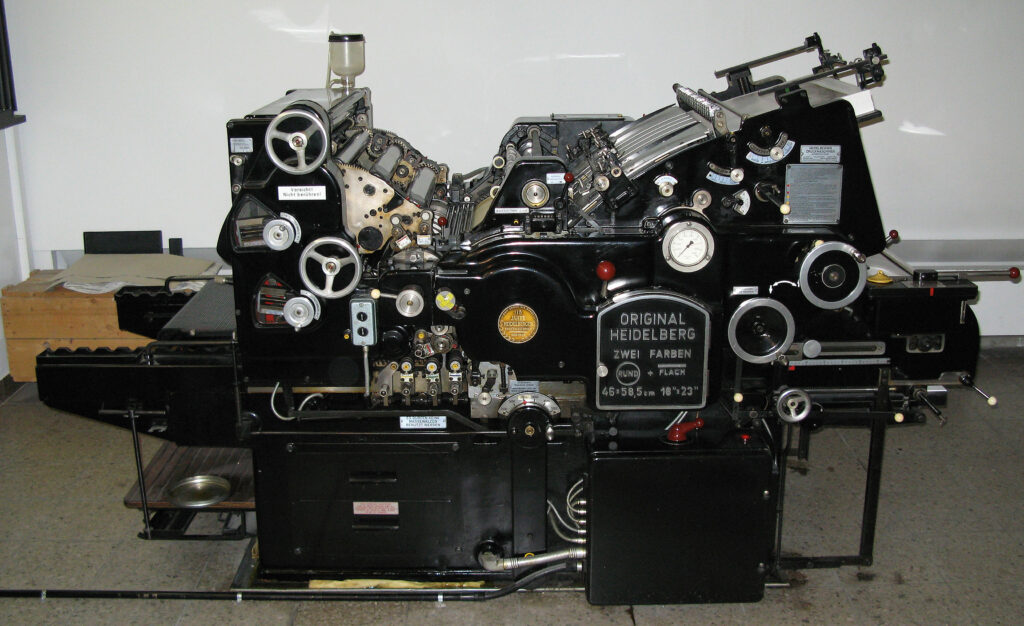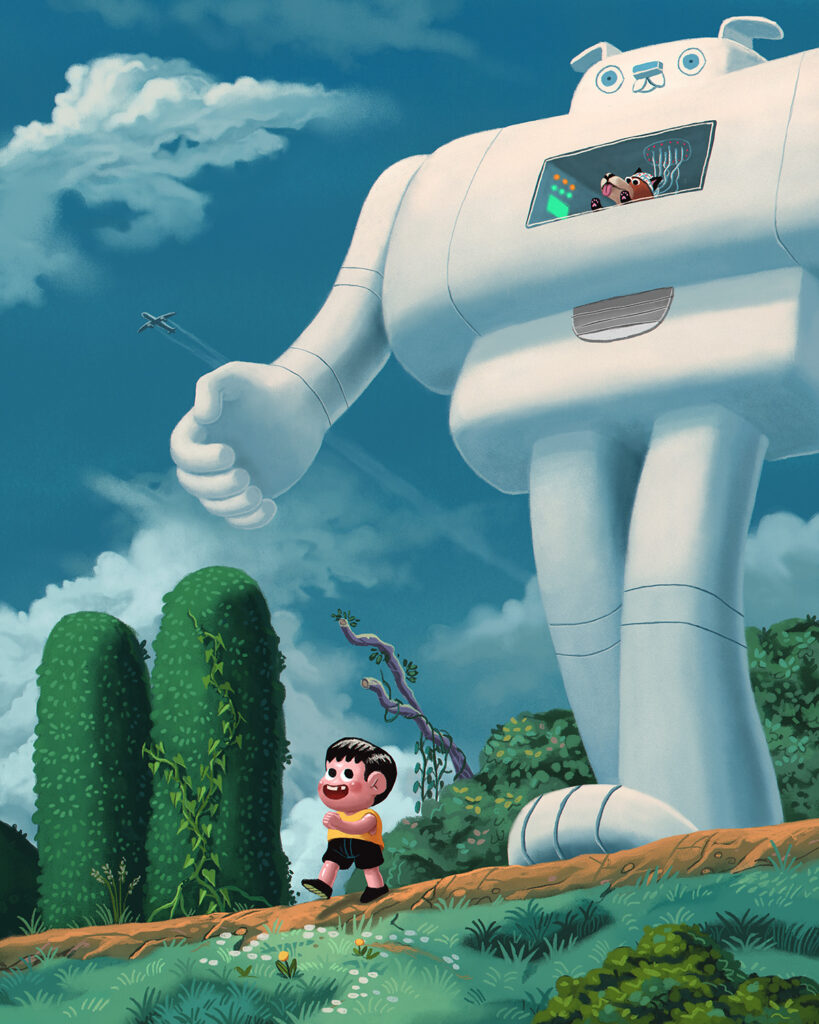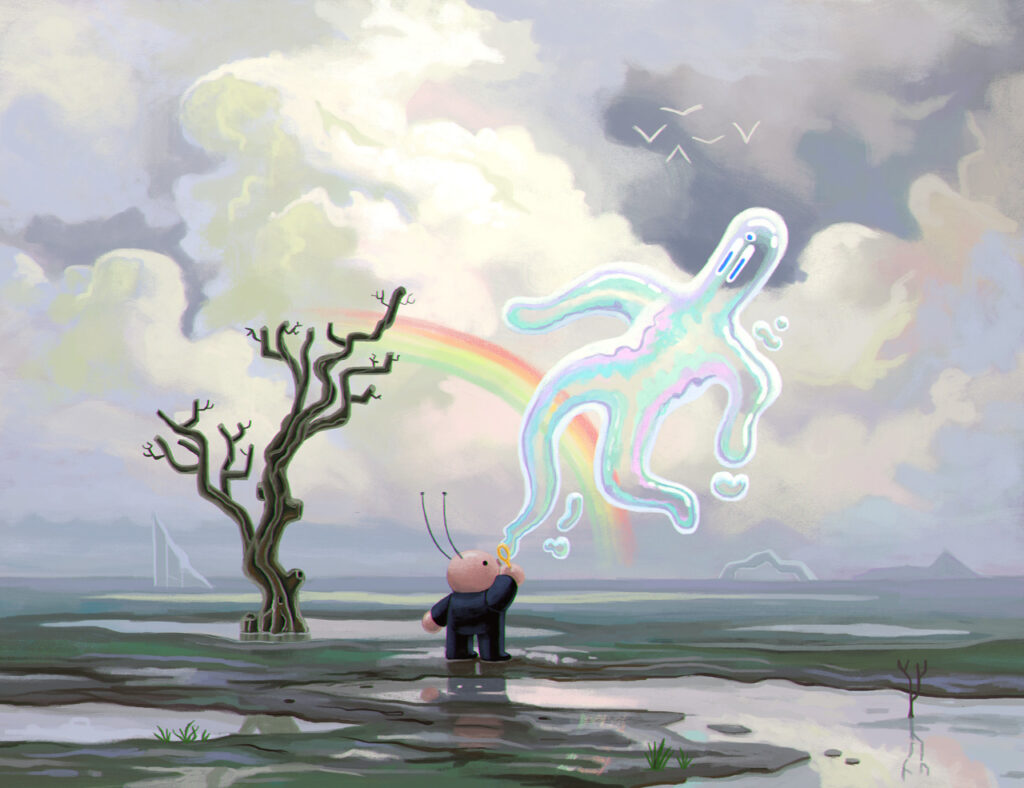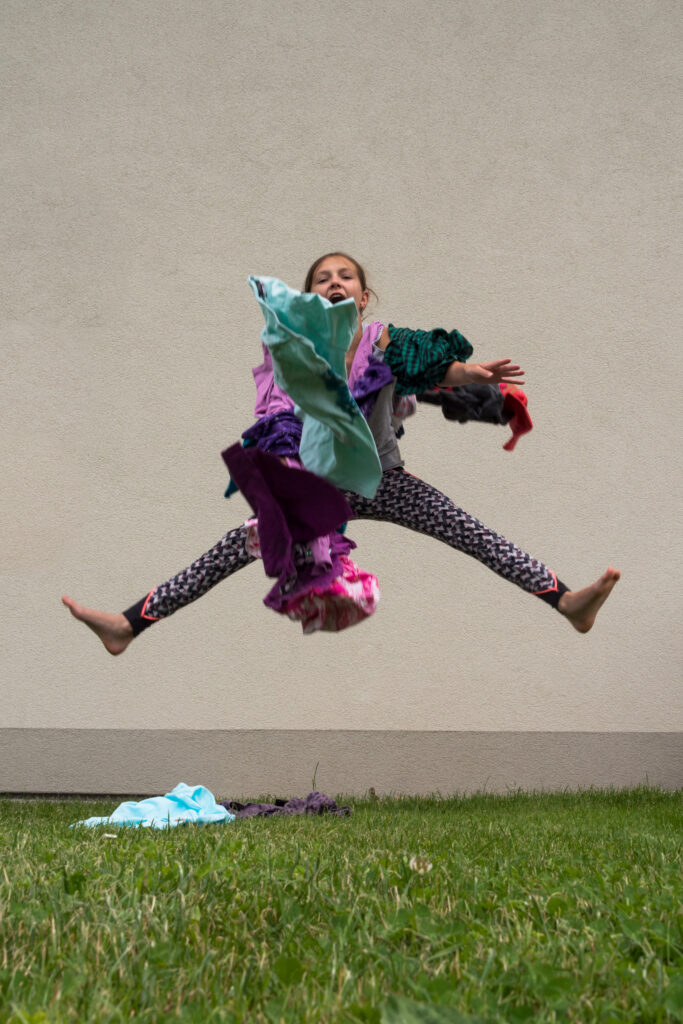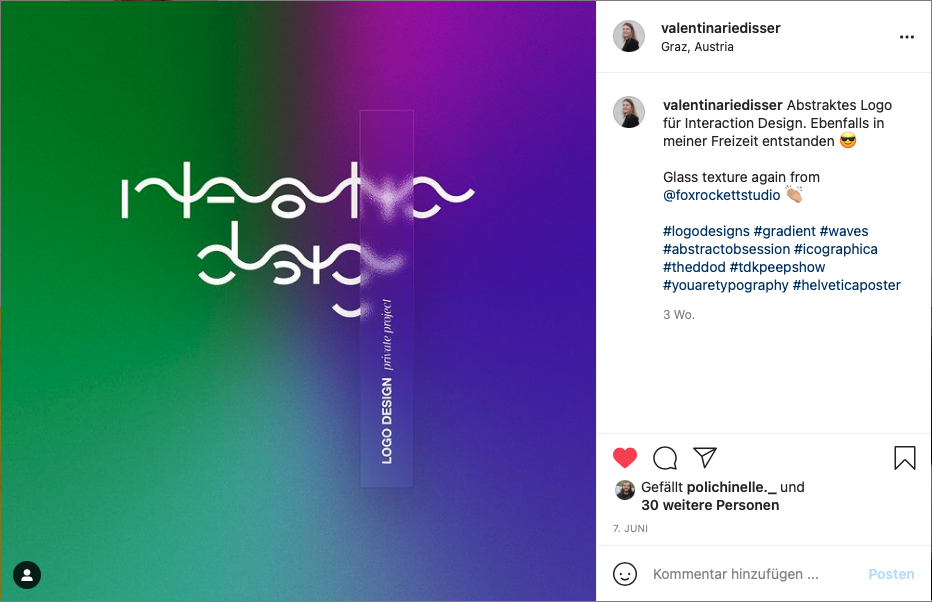
So far I have analyzed some problems and circumstances not only in our society but also in our minds that lead to a rather negative state of mind or even mental diseases. With this article I want to focus on something incredibly positive, something that is even worth living for: the flow.
I’ve read the term “flow” in the context of psychology for the first time in the book “Thinking, Fast and Slow” by Daniel Kahneman. It striked me because it was absolutely congruent with what I have experienced. By referring to Mihály Csíkszentmihályi, Kahneman wrote that the flow is a curtain state of mind of effortless concentration which is so deep that you lose the sense of time, yourself and your problems. The joy that you experience is immense and Csíkszentmihályi says with good reason that the flow is the ideal experience of a human-being.
A lot of activities can set you in a flow whether it is making music, writing a book, or participating at a Formula-1 race. Driving a race car at 260 km/h or playing world class chess are without a doubt very exhausting activities. But what’s interesting about flowing is that you don’t need any self-control to maintain your focus on those activities, whereby resources are released that can be used for the activity. [2]
Mihaly interviewed various creative people and scientists to find out what makes them happy, and what makes them strive, sometimes without fame or fortune, and I would like to share two quotes with you here.
A well-known musician said: “You are in an ecstatic state to such a point that you feel as though you almost don’t exist. I have experienced this time and again. My hands seem devoid of myself, and I have nothing to do with what is happening. I just sit there watching it in a state of awe and wonderment. And the (music) just flows out of itself.”
A poet said: “It’s like opening a door that’s floating in the middle of nowhere and all you have to is go and turn the handle and open it and let yourself sink into it. You can’t particularly force yourself through it. You just have to float. If there’s any gravitational pull, it’s from the outside world trying to keep you back from the door.” [3]
And this is just exactly what I’ve felt, and what just made me incredibly happy. In fact, that is a major reason why I’ve started to pursue a creative career.
Regardless of the culture, education, or the like, Csíkszentmihályi claims that there seem to be seven conditions occurring when being in a flow:
- Total involvement in what we are doing – engaged, concentrated and focused
- A sense of ecstasy – of being outside everyday reality
- Inner Clarity – knowing what needs to be done and measuring our achievements resourcefully.
- Knowing that the activity is doable – that you have the skills you require for the task at hand.
- A sense of serenity – unconscious competence, present and a feeling of growing behind the boundaries of the ego.
- Timelessness – thoroughly focused on the present and in a zone of the fullness of being
- Intrinsic motivation – whatever produces flow becomes its own reward.
Owen Shaffer proposed seven clear and short steps that are necessary to get into the flow:
- Knowing what to do
- Knowing how to do it
- Knowing how well you are doing
- Knowing where to go (if navigation is involved)
- High perceived challenges
- High perceived skills
- Freedom from distractions [4]
Being a designer I am interested in getting myself into a flow. But I am also very interested in taking other people with me into a sort of flow. I wonder if it could be possible to enhance experiences with my knowledge about the flow. Is it something that can be triggered through design? I know that the flow is something really powerful not only regarding mental health. It is something worth considering for my master thesis.
PS: While writing this blog-post I was [almost] in a flow.
Ressources:
[1] https://upload.wikimedia.org/wikipedia/commons/8/8f/South-Goodwin.jpg
[2] Kahneman, Daniel (2011), Thinking, Fast and Slow
[3] Mihaly Csikszentmihalyi, TED2004
[4] Schaffer, Owen (2013), Crafting Fun User Experiences: A Method to Facilitate Flow, Human Factors International
